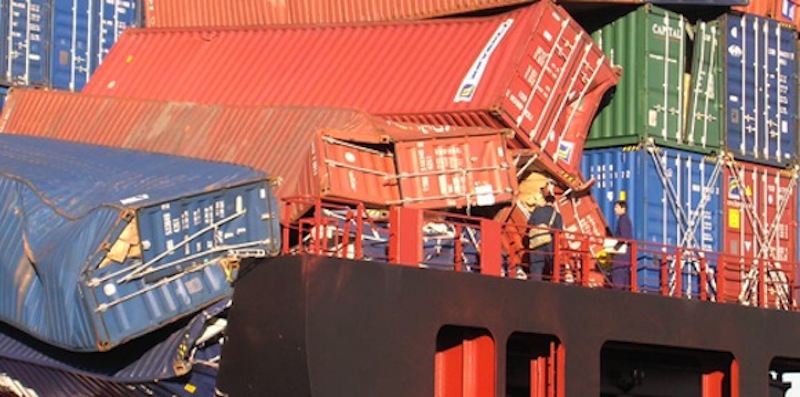
From the beginning of this month, it is to be hoped, the container trades will be rather safer, with the coming into force of the SOLAS requirement for the verification of container weights. No longer will the person unloading the container from the truck have to be concerned that his Reachstacker or fork lift truck will tip up, while the sound of alarms indicating overweight on terminal cranes, will hopefully be a noise of the past. Chief officers will no longer have to be worried about the strange inconsistencies between the manifest and the draft marks, indicating the presence of under-declared weights. Masters will no longer feel an inner concern about their vessel’s stability as she comes off the quay and the tugs take the weight.
From the 1st July, it has been mandatory to weigh loaded containers before they are transported by sea, either at an approved weighing station, or by aggregating the weights of the contents and the net weight of the box itself. It is a reform that is, many will suggest, long overdue, with plenty of hard evidence that weights have often been treated in a very cavalier manner. It matters right down the logistics chain, where overweight trucks are the bane of the highway patrol teams, and where overturned and overweight vehicles cause death and injuries on the public roads all over the world. This requirement for an accurate and verified weight should be making a difference to these accidents at sea, in the terminal and on the highways.
It ought to be manifested in a reduction of collapsed stows caused by overweight boxes and the container “graveyards” in the corner of container terminals becoming appreciably smaller. Cargo insurers will be anticipating a reduction in the number of claims.
Will this all happen? As with everything about the global trade of shipping, there are likely to be differences in the levels of enforcement around the world, even though it is an IMO requirement that permits no deviation. It is said that there are still debates about whose responsibility it is to provide weighbridges, while the common sense view is that a container should not even arrive at a terminal without the necessary document of verification, it being too late at this point to start having to weigh things. It would be useful if any blatant contraventions of the requirements are treated with due seriousness by the authorities, to encourage a high level of compliance.
So, if the weight of the container can be relied upon for accuracy, what about the stowage of the cargo within. Here too, there should be improvement, with the new Code of Practice for Packing of Cargo Transport Units. Arguably, as much damage as has been caused by overweight boxes has been done by unsecured contents, improperly stowed, with those responsible, possibly miles from the nearest port, having no idea about the movement they will be exposed to at sea. Once again, the tools are available to improve matters, in the shape of the CTU Code. The key to improvement, as with anything else, lies in its implementation!
Author: the Watchkeeper Source: BIMCO

